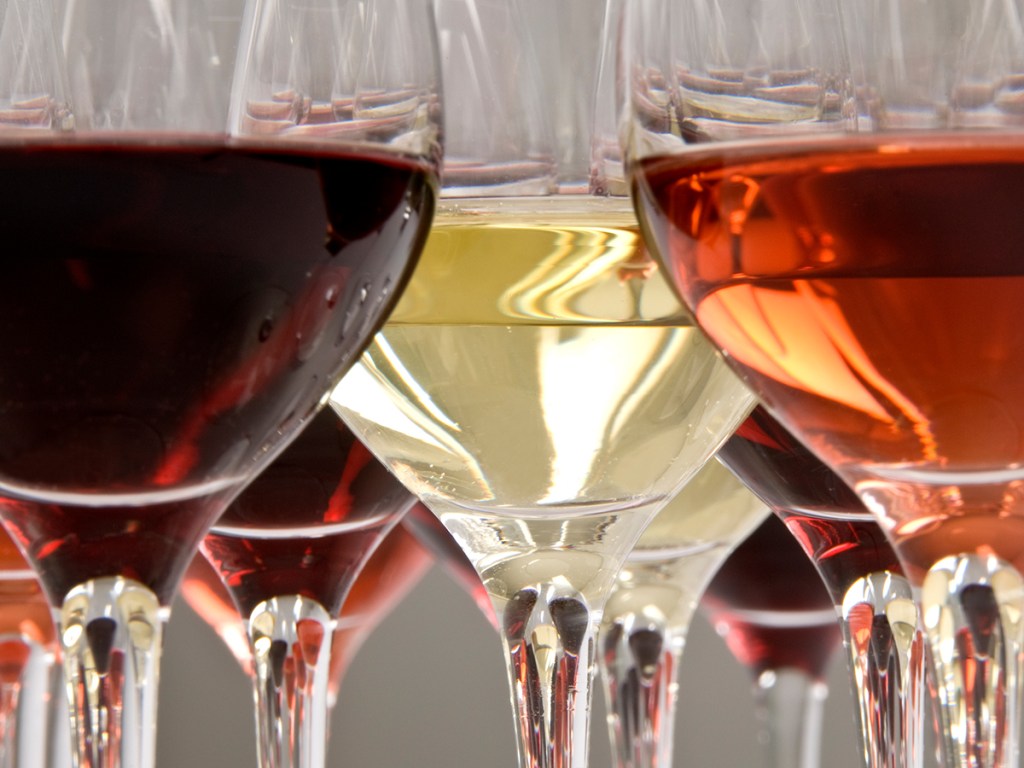Over the past decades, the world wine sector has seen an overall positive trend of production and consumption of white and Rosé wines, while red wines have decreased.
This structural shift can be mainly attributed to overall changes in consumer preferences.
This Evolution of World Wine Production and Consumption by Colour Report, prepared by the Statistics Department of the International Organisation of Vine and Wine (OIV), provides an overview of the evolution of the world wine production and consumption by colour over the 2000-2021 period.
Here are the main insights and highlights of the study.
Red Wine
World: Global red wine supply and demand have significantly decreased in the last 20 years. In 2021, production declined by 25% since its peak in 2004. The decrease is remarkable also in relative terms: at the beginning of the century, red wines accounted on average for 48% of the total wine production, while in the last few years, the share dropped to 43%.
Production: Negative growth rates over the 2000-2021 period were observed across all major European red wine-producing countries. In particular, it is worth noting the sharp decline in France (which nowadays produces 50% less red wine than at the beginning of the century) and Italy. These declines are only partially compensated by non-European producing countries, such as Chile, Argentina, Australia, the USA, and South Africa, which show positive growth rates in red wine production. Among the top 10 countries with the highest percentage of red wine in their national wine production, seven are from outside Europe.
Consumption: Demand for red wine in the last 20 years has decreased mainly in large European markets – notably Germany, France, Italy and Spain. These countries have all recorded negative growth rates for red wine since 2000. In contrast, positive growth rates over the last 20 years are recorded in China, the USA, Russia, and Brazil. The top six countries by percentage of red wine in their national wine consumption are outside Europe, notably in South America and East Asia.
White Wine
World: White wine demand and supply at the global level have expanded since 2000. Production of white wine increased in 2021 by 13% since its lowest level in 2002, and has overcome red wine production starting in 2013. At the beginning of the century, white wine accounted on average for 46% of the world total, while in more recent years, this share rose to 49%. One of the main driving forces behind this increase is the boom of sparkling wine.
Production: The main countries that contributed to the growth at the world level are Italy (driven by the global success of Prosecco), the USA, South Africa, and Australia. On the contrary, some other large white wine-producing countries such as France and Spain (second and third white wine producers at the world level respectively), have recorded a stable trend since the beginning of the century.
Consumption: The increase in demand for white wine is mostly driven by three important sparkling wine markets: the USA, Germany, and the UK. The rise in consumption in these countries more than compensates for the decline recorded in large wine-consuming countries such as France and Spain.
Rosé
World: In the last 20 years, Rosé has grown significantly in terms of both demand and supply at the world level. Global production saw an increase of 25% between 2001 and 2021. At the beginning of the century, Rosé represented between 6 and 7% of the world’s production, while in recent years it accounted for more than 8% on average.
Production: The supply of Rosé is much more concentrated than in the case of wines of other colours, with the top 10 producing countries representing almost 90% of the world total in 2021, and the top three accounting for two-thirds. In the case of rosé, it is mostly the Northern Hemisphere countries that lead the growth (France especially), even though countries such as Chile and South Africa have also shown very high growth rates in the last 20 years.
Consumption: As in the case of white wines, the growth of the Rosé market can be mainly attributed to an increase in demand in the UK, Germany and the US. France is by far the main market at the world level, representing more than one-third of the global demand.
For more from the OIV, click here.
How to catch up with The Shout NZ…
Online, updated daily with its own unique content and breaking news.
Our weekly newsletter – free to your inbox! Subscribe here.
We are also on Facebook and Instagram!


